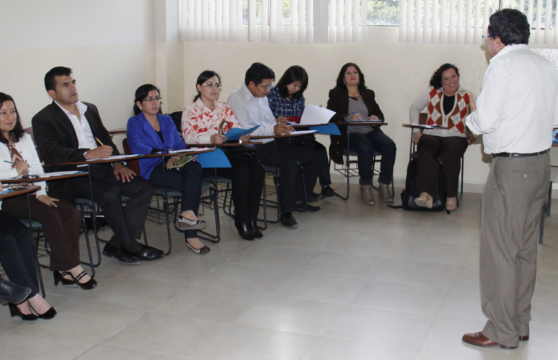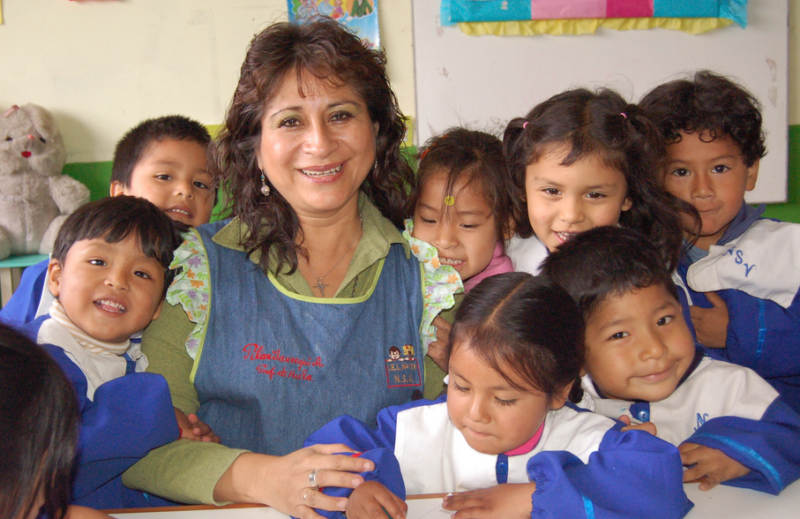
Teacher Perceptions & Practices
An examination of the OECD Teaching and Learning International Survey results.
This post is also available in: Español
Classroom interaction between students and teachers is at the heart of the teaching/learning process. However, in Latin America and the Caribbean, very few countries have good information on how classroom dynamics work in practice or how those dynamics impact learning. How teachers manage their classrooms—from time spent on instruction, to use of materials, to the teaching strategies they employ and how well they capture student attention—affects students’ opportunities to learn and determines education results. Understanding classroom dynamics has important implications for policy.
From 2009-2012, the World Bank’s education team worked with partner governments in seven Latin American and Caribbean countries to observe and document the classroom practice of over 15,000 randomly-selected teachers in representative samples of schools. The findings, presented in Great Teachers: How to Raise Student Learning in Latin America and the Caribbean by Barbara Bruns and Javier Luque, suggest that low levels of student learning in the region are at least partially due to the low percentage of class time dedicated to instruction and low levels of student engagement. Teachers tend to rely on traditional learning methods (like the blackboard), spend 20-35% of time with students engaged in seatwork rather than active instruction, and make little use of existing ICT resources. However, classroom dynamics vary tremendously across and within schools, suggesting that school administrators and system managers have ample room to promote better instruction by regularly observing teachers’ performance, providing individual and system-level feedback, sharing best practices, and helping schools and teachers use information to improve their performance. A more detailed summary of the study and its policy implications follows.
From 2009-2012, trained teams of observers in partner countries collected globally comparable data on teachers’ practice in over 15,000 different classrooms in more than 3,000 schools in Brazil, Colombia, Honduras, Jamaica, Peru, the Dominican Republic and Mexico’s Distrito Federal. Teams focused on grades and subjects covered by student achievement tests to see how classroom dynamics affected learning. Schools and classrooms were selected randomly from representative samples in the participating school systems.
Observers used an adapted version of the Stallings classroom snapshot—an established tool for recording classroom dynamics that requires relatively little training to use and has high reliability across raters. The Stallings method measures four areas of teacher performance: 1) use of instructional time; 2) use of materials (including ICT); 3) pedagogical practices; and 4) ability to engage students. It focuses on techniques rather than content and does not capture the quality of teacher interactions.
An examination of the OECD Teaching and Learning International Survey results.
How impact evaluation systems might help improve teacher policy in Latin America.
A definition of teacher effectiveness that is appropriate and workable in theLatin American context.
 Jorge Tineo / CC BY-SA 3.0
Jorge Tineo / CC BY-SA 3.0
